The war that began on Feb. 24 with Russia’s attack on Ukraine has entered its fourth year and estimates say it has caused over 1 million casualties. However, the fourth year will look very different than before with U.S. President Donald Trump in office. Trump’s “out of the box” solutions, as seen in his plan for Gaza without Gazans, are now emerging in the Ukraine crisis, as well as trying to bring peace to Ukraine without Ukrainians.
The saying “With friends like that, who needs enemies?” is something Ukraine had to learn the hard way through the example of the U.S. If Ukrainian President Volodymyr Zelenskyy had a time machine now, he would definitely go back to the prewar period, make different decisions and choose different allies.
While Ukraine and Russia suffer the most from this conflict, the biggest winner appears to be the U.S. Without losing a single soldier, the U.S. has managed to weaken its long-time adversary, Russia. However, as a consequence, Ukraine has lost more than 20% of its territory and is now facing the risk of losing its young population and underground resources, which are crucial for rebuilding the country in the post-war period.
Aid or capitulation?
While the U.S. is not saying “no” to continuing aid for Ukraine, it has now attached conditions, such as capitulations. Calling Zelenskyy “the best salesman in history,” Trump appears to have found a formula to “balance” the financial support provided by the U.S. He is demanding 50% of $500 billion worth of critical minerals from Ukraine. However, the Ukrainian leader rejected the draft deal by saying the U.S. had supplied nowhere near that sum and offered no specific security guarantees in the agreement.
According to the World Economic Forum’s 2024 report, Ukraine is among the top 10 suppliers of mineral resources globally, possessing about 5% of the world’s reserves. With approximately 20,000 mineral deposits of 116 different types, Ukraine is a key supplier of rare earth metals such as titanium, lithium, beryllium, manganese, gallium, uranium, zirconium, graphite, apatite, fluorite and nickel. Notably, the Eastern European country holds the largest titanium reserves in Europe. However, it is worth noting that one-fifth of Ukraine’s territory remains under Russian occupation, including significant portions of these rare earth deposits.
Earlier, Trump warned Kyiv: “They (Ukraine) may make a deal; they may not. They may be Russian someday, or they may not be Russian someday.” If Ukraine refuses the deal in the long term, it could face a dire situation where U.S. military aid is cut off, given that Ukraine already has only half the artillery firepower of Russia due to ammunition shortages. Although it is not entirely game over for Ukraine, as European allies will continue to provide support, the country will still face an uphill battle in an already challenging situation.
Trump was displeased with the rejection of the mineral deal and responded by labeling the Ukrainian leader a “dictator” while falsely claiming Zelenskyy had only a 4% approval rating. However, a survey conducted by the Kyiv International Institute of Sociology, published on Feb. 19, showed that Zelenskyy actually had a 57% approval rating. In fact, his popularity is currently rising in his country due to Trump’s remarks.
Due to the war, Russia has had over $300 billion in assets seized, has been excluded from the global financial system, and has most recently seen its energy sector targeted. In this context, it remains unclear how Trump could further pressure Russia, which has already been subjected to intense sanctions since the start of the war, into negotiations. Trump administration is likely to use more carrots than sticks against Russia since there is not much room left for sticks anymore.
According to Keith Kellogg, the U.S. special envoy for Ukraine and Russia, Trump is preparing to double down on sanctions against Russia to force the Kremlin to end its war against Ukraine. Kellogg states that current U.S. sanctions – especially those targeting Russia’s energy sector – are only at a “3 out of 10” regarding economic pressure. He believes there is still significant room to strengthen these sanctions.
The losing side
Trump’s rare earth elements proposal also signals his preparation for a prolonged conflict and continued military aid, contrary to his promise of ending it in 24 hours. While Russia maintains battlefield superiority, it currently controls most of the four regions it annexed in 2022 – Luhansk, Kherson, Zaporizhzhia and Donetsk. Unlike Ukraine, Moscow does not face manpower or ammunition shortages and continues to gain ground on the battlefield, albeit slowly but steadily. Russia is also on the verge of capturing the strategically significant city of Pokrovsk in the Donetsk region.
Meanwhile, Ukraine hopes to use the Russian territory it controls in the Kursk region as a bargaining chip for a territorial swap. Nevertheless, Kyiv has already lost about half of the land it seized six months ago. In this regard, time is not on Ukraine’s side. Every day, negotiations are delayed and Ukraine loses more ground. This clarifies that the sooner the parties come to the table, the better for Ukraine.
Faced with a long-standing shortage of soldiers, Ukrainian leader Volodymyr Zelenskyy announced that a special contract would soon be offered to young people aged 18-24 who wish to serve in the military. Ukraine had resisted this decision for some time, but the situation on the front left Kyiv with no other option. The chronic soldier shortage in the Ukrainian army has been a widely discussed issue. Although the age for mandatory military service has not yet been lowered to 18, Kyiv has to consider this option as well if the current offer fails to attract enough recruits.
Türkiye steps up
Negotiations between Russia and the U.S. in Saudi Arabia were organized to address issues of fixing relations, resolving the conflict in Ukraine, and preparing a meeting between the Russian and U.S. presidents. Ukrainian leaders expressed surprise over the talks in Saudi Arabia that they found out through the media. Meanwhile, Zelenskyy’s Ankara visit during these critical days shows that Türkiye is still one of the important countries for peace talks.
Just a week after Zelenskyy’s visit and on the third anniversary of Russia’s invasion of Ukraine, another high-level visit took place in Türkiye. Russian top diplomat Sergei Lavrov visited Türkiye for a high-level meeting with his Turkish counterpart, Hakan Fidan. Lavrov reiterated that Russia and Ukraine had reached an agreement in Istanbul in April 2022, but former British Prime Minister Boris Johnson intervened to block it. Meanwhile, Fidan reaffirmed Türkiye’s willingness to play a facilitating or accelerating role in any potential negotiations.
The ongoing Ukraine-Russia war has reached a critical juncture in its fourth year, with Ukraine facing severe manpower shortages and growing external pressures as it faces losing its sovereignty. While the U.S. has strategically benefited from the conflict, its capitulation, like the conditional aid approach under Trump, signals a shift in support dynamics.
As time works against Ukraine, diplomatic efforts, whether through the U.S., Saudi Arabia or Türkiye, remain critical in determining the country’s future. The biggest mystery, however, remains how Trump plans to fulfill his promise of resolving the Ukraine war “in 24 hours” without Ukraine.

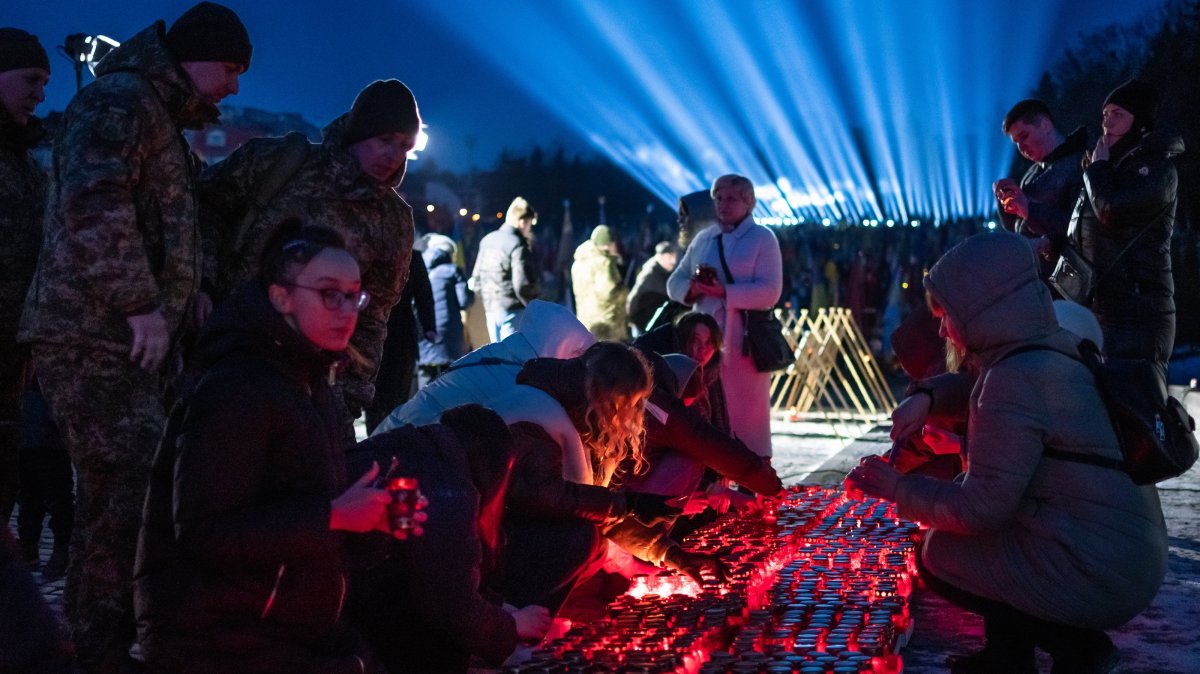


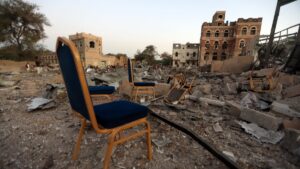
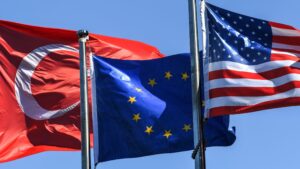
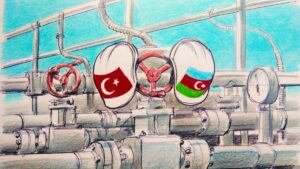

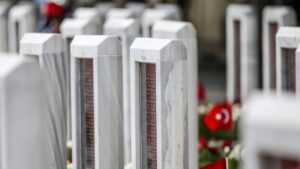



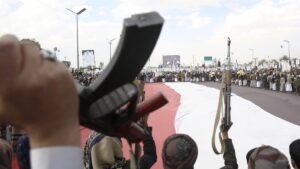




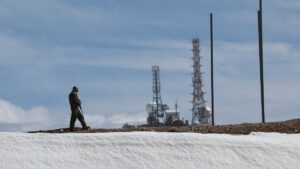




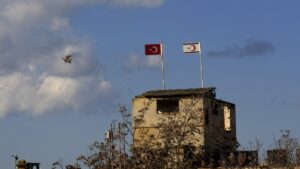

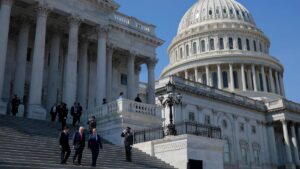
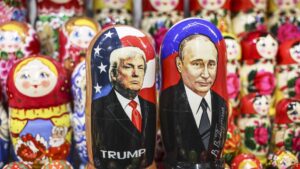





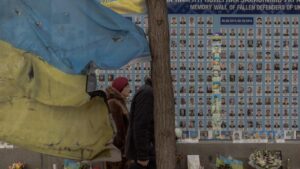


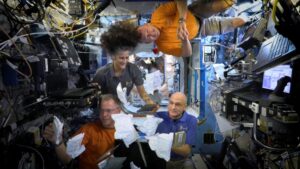

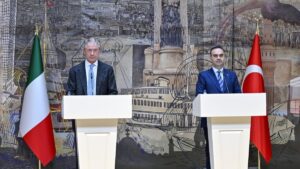






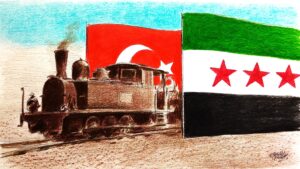

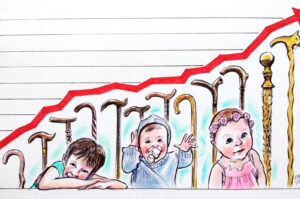
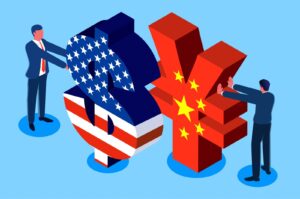

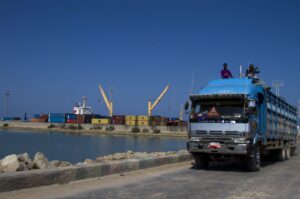



Be First to Comment